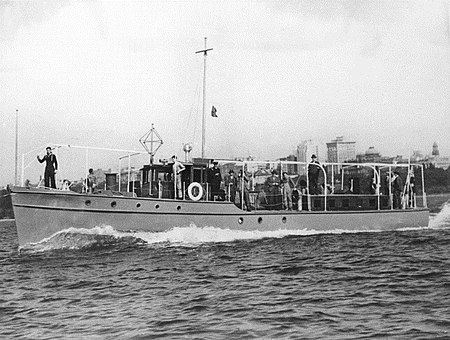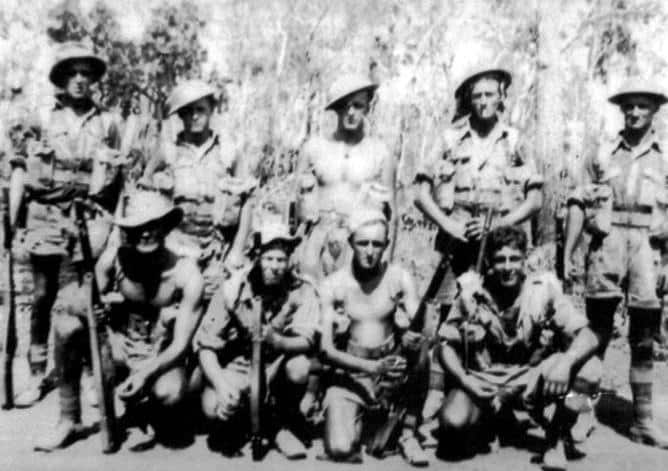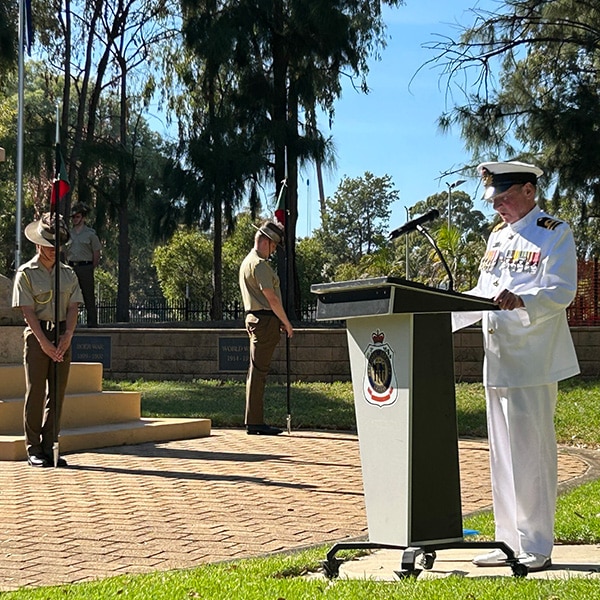On January 23rd, 1942 Imperial Japanese Forces seized and began to occupy the town of Rabaul, at the northern tip of the Gazelle Peninsula of New Britain, in the former Australian territory of New Guinea. By late that day, Australian forces at Rabaul made up of 2/22 Infantry Battalion and 1st Independent Company, the main components of Lark Force; members of the New Guinea Volunteer Rifles; and smaller anti-aircraft and ambulance units, were defeated.
Of the 1,396 Australian military personnel at Rabaul before the attack, 160 were killed south of the town at Tol, about 400 eventually escaped into the jungle with some surviving until rescued by natives but the remainder became prisoners of war (POWs). After the invasion, most civilians gathered around Rabaul where the Japanese forces established a camp for civilian and military prisoners.
In June and July 1942, the Japanese Naval authorities made two attempts to transfer these prisoners to Japan. The first group, of about 60 Australian officers and 18 women, including Army nurses, arrived safely.

The second, historically thought to include 845 POWs and 208 civilian internees, left on 22 June for Hainan on the Montevideo Maru, a 7,000-ton freighter requisitioned by the Japanese Navy.
It was not displaying any identification that it was carrying Prisoners of War.
On 1 July it was torpedoed and sunk by the submarine USS Sturgeon off the Philippine Island of Luzon in the South China Sea, resulting in the deaths of all prisoners and internees on board.
The loss of life on the Montevideo Maru is described as the worst maritime disaster, in peace or war, in Australian history.
The deaths of the men on the Montevideo Maru were not fully revealed in Australia until after the conclusion of the war when evidence was found in Japan. Small pieces of information had come from wartime sources such as New Guineans who had reached safety and captured Japanese personnel and, after hostilities had ended, Japanese and surviving civilians in Rabaul, and the POW officers who had returned from Japan.
In September 1945 the Australian authorities sent Australian Army officer Major Harold S Williams, a pre-war resident of Japan, to Tokyo as a liaison officer with No. 1 Australian Prisoners of War Contact and Enquiry Unit to investigate this and other POW matters.
Montevideo Maru wreck is found
On April 22nd, 2023 it was announced that the Montevideo Maru had been found, resting some 4,000 metres below the surface on the sea-bed in the South China Sea.
This is indeed is deeper than the wreck of the Titanic
Out of respect for the families of those who perished, a decision was announced that NO artefacts or human remains are to be removed. Indeed, it is a war grave for some 1,100 people – both Allied military and civilians as well as Japanese crew and Japanese guards, so it will be treated with the appropriate respect.
The discovery of the ship is the final chapter for so many families and relatives, who up until April 2023 had not had any definitive closure to this tragedy which occurred 81 years ago.
* * * *




